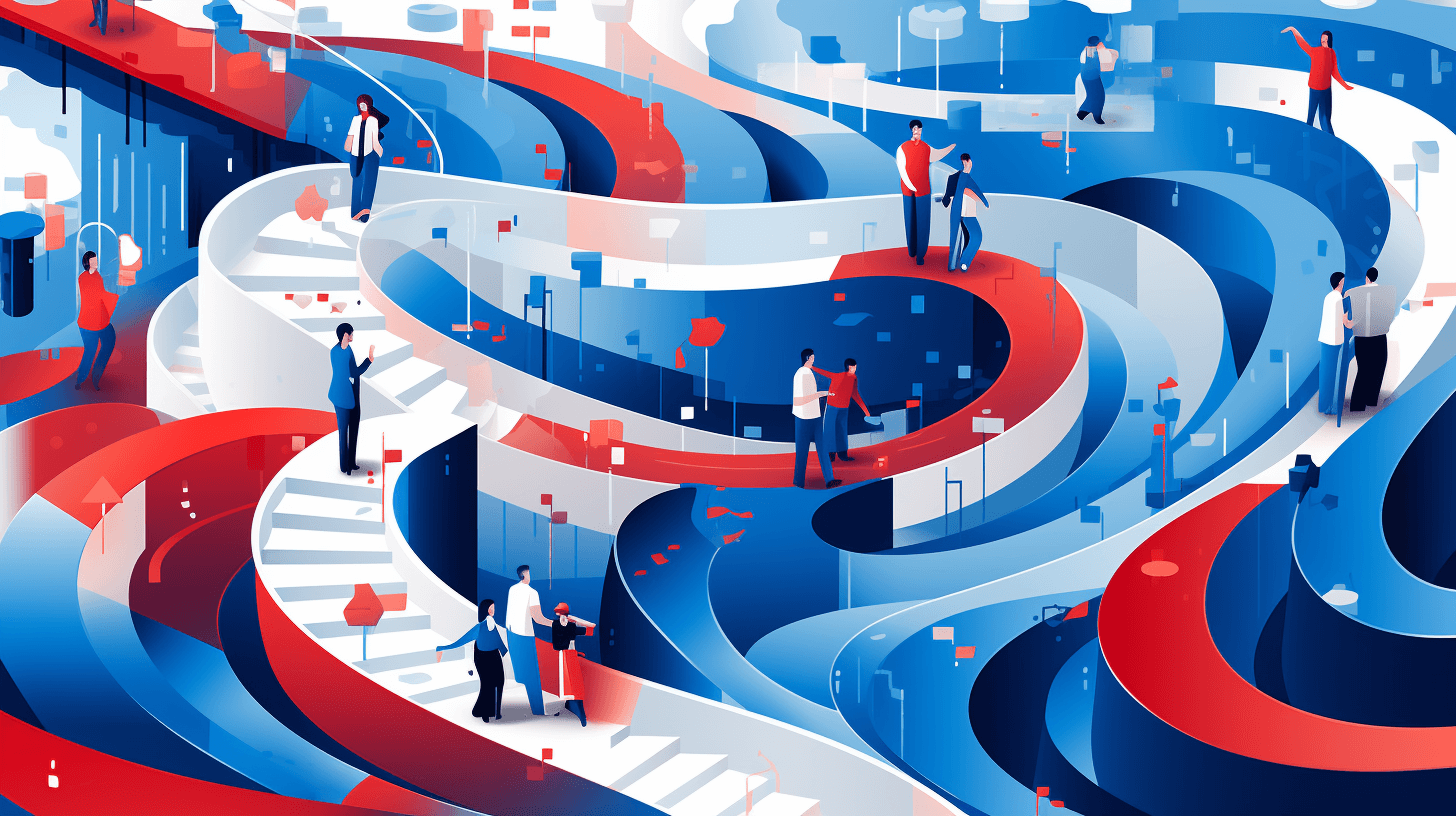
Product Safety: Navigating the Choppy Waters of B2C and B2B Markets
Product safety is a pivotal factor in both B2C (Business-to-Consumer) and B2B (Business-to-Business) markets, having substantial implications on a company’s reputation, customer trust, and legal accountability. However, the challenges in ensuring product safety differ in each case due to the varying nature of relationships, customer expectations, and the regulatory landscape. Thus, it is imperative for companies to understand these complexities to navigate the challenging terrain of product safety.
Product Safety in B2C Markets
For B2C markets, safety is paramount as it directly impacts the end-users, often individuals or families. The main challenges in this domain include strict regulatory standards, the need for accurate and clear product information, and high customer expectations for safety. As consumers become more informed and demanding, companies face the uphill task of not just meeting the minimum safety requirements, but also delivering products that give customers peace of mind. To mitigate these challenges, companies should implement robust quality control processes, foster transparency in product communication, and proactively involve customers in safety initiatives.
Product Safety in B2B Markets
On the other hand, B2B markets present a different set of challenges. While safety remains a critical concern, the emphasis is more on the reliability and performance of products, considering they form part of another company’s offerings or operations. Issues arise when there are inadequate testing procedures, failure to comply with industry-specific safety standards, and poor communication about product safety information. Hence, B2B firms need to establish rigorous testing mechanisms, align with industry-specific safety norms, and cultivate open communication channels with business customers about product safety features and enhancements.
Regulatory Considerations
Regulation is a crucial element in product safety. Both B2C and B2B markets are subject to stringent regulatory standards designed to protect consumers and businesses. Non-compliance can lead to significant fines, legal consequences, and a tainted reputation. Consequently, organizations should prioritize staying up-to-date with local and international safety regulations, embedding them into their product development process, and ensuring consistent compliance through internal audits and controls.
Technological Innovations and Product Safety
In the digital age, technology offers potential solutions to these product safety challenges. Advances in Artificial Intelligence (AI) and Machine Learning (ML) can facilitate real-time monitoring of product performance and automated safety inspections, thereby significantly reducing the risks of product failures. Furthermore, blockchain technology can enable transparent and tamper-proof documentation of product safety records, enhancing trust among stakeholders.
Conclusion
Navigating the challenges of product safety in both B2C and B2B markets requires a nuanced understanding of the specific safety concerns in each domain, along with a commitment to regulatory compliance. Embracing technological innovations can augment traditional safety management approaches, driving a culture of safety that extends beyond the company to its customers and stakeholders. Ultimately, businesses that prioritize product safety will thrive in this increasingly demanding marketplace, fostering enduring relationships with customers and standing out as leaders in their respective industries.
Reflect on the following
- How does my company currently address product safety concerns in the B2C and B2B markets? Are there any areas where improvements can be made?
- Do our product development processes incorporate compliance with local and international safety regulations? How often do we review and update these procedures?
- How effectively does my organization communicate product safety information to customers in the B2C and B2B markets?
- What role do AI, ML, and blockchain technologies currently play in our product safety measures? How can we better leverage these technologies to improve our safety protocols?
- What steps are we taking to exceed customer expectations in product safety, beyond just meeting the minimum safety requirements?